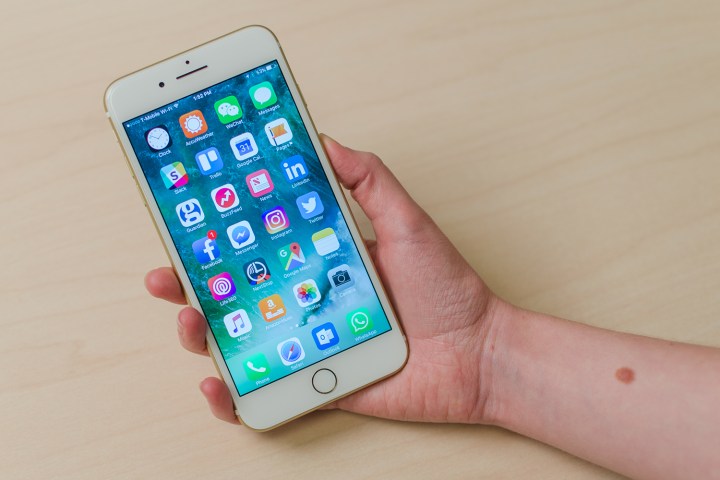
India will soon overtake the United States to become the second-largest smartphone market, and Apple has desperately been trying to increase its presence in the country, which dominated by Chinese and South Korean manufacturers.
Apple’s market share is currently less than 3 percent in India, according to market research company Counterpoint. Samsung claims the top spot, but it’s followed largely by Chinese companies like Xiaomi, Vivo, Oppo, and Lenovo that offer low-priced smartphones. That’s key, because 70 percent of the smartphones purchased in India cost less than $150.
Apple was said to have a long list of demands during negotiations with the Indian government, such as a “15-year tax holiday on imports of components and equipment,” according to Bloomberg. The Cupertino, California company is collaborating with Wistron Corp., a Taiwanese company, to head a manufacturing plant based in Bangalore, Karnataka. The plant is expected to begin producing iPhones at the end of April.
Apple's intentions to make iPhones in Bengaluru will foster cutting-edge technology ecosystem & supply chain development in the state.
— Priyank Kharge (@PriyankKharge) February 2, 2017
Any iPhone made at the manufacturing plant will only be sold in the Indian market. During the company’s earnings call this week, CEO Tim Cook said the company has been in discussions with the Indian government “on a number of things, including retail stores.”
Apple CEO Tim Cook previously said annual sales reached 2.5 million in the country, and that iPhone sales had increased by 50 percent. Cook nevertheless acknowledged that Apple is “just kind of scratching the surface there.”
Cook made a trip to India last year, where he reportedly talked about the idea of building a manufacturing plant with Prime Minister Narendra Modi. The Indian government previously rejected Apple’s request to import refurbished phones and sell them in India. Apple also cannot open and operate stores in the country due to strict barriers against foreign retailers.
Apple is reportedly considering moving its smartphone production into the U.S. — a move motivated by President Donald Trump’s “America first” rhetoric. If it can produce phones in India, there’s a chance manufacturing could come into the U.S.
Article originally published in January. Updated on 02-03-2017 by Julian Chokkattu: Added news about a manufacturing plant opening at the end of April.


